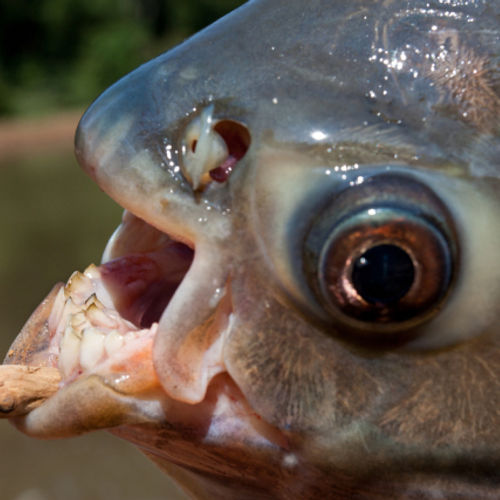
| Added | Fri, 14/05/2021 |
| Источники | |
| Дата публикации | Thu, 15/08/2019
|
| Версии |
The water deer was first spotted in the seaside national park "Land of the Leopard", according to the organization's website. The animal was "caught" by camera traps installed in the Khasansky district.
According to the scientist, such deer are similar to roe deer, but instead of horns, the males have long tusks, like musk deer.
It is assumed that the settlement of the water deer to the north occurred naturally. This species has permanently settled in the lower reaches of the Tumannaya River at the junction of the borders of North Korea, China and Russia.
"According to the interviewed border guards, an unusual deer, which they called" swamp musk deer", began to be noted in the south of the Khasansky district in 2015, but no one assumed that this was a water deer, a completely new type of ungulate for Russia, "said Viktor Storozhuk, a senior research engineer at the Land of the Leopard Federal State Budgetary Institution.
According to the director of the Land of the Leopard, Viktor Bardyuk, it is possible that the distribution of these ungulates to the north is influenced by climate changes.
Water deer or marsh musk deer (the name given by Russian border guards, who have repeatedly observed this species) (Lat. Hydropotes inermis).
Body length 75-100 cm, height-45-55 cm, weight — 9-15 kg. Horns are absent, in males, powerful upper saber-shaped curved canines protrude 5-6 cm from under the upper lip. The small tail (5-8 cm) is barely noticeable. The overall color is brownish-brown, the upper lip and eye rings are white. The summer coat is short, the winter coat is fluffy, but the undercoat is sparse.
Новости со схожими версиями
Log in or register to post comments









